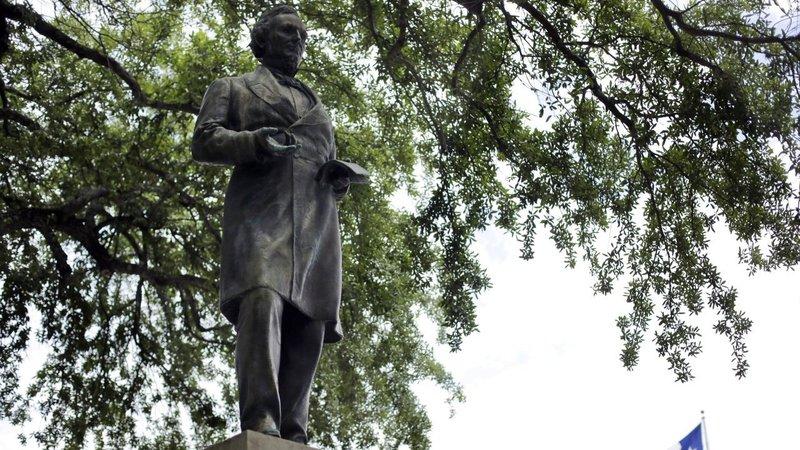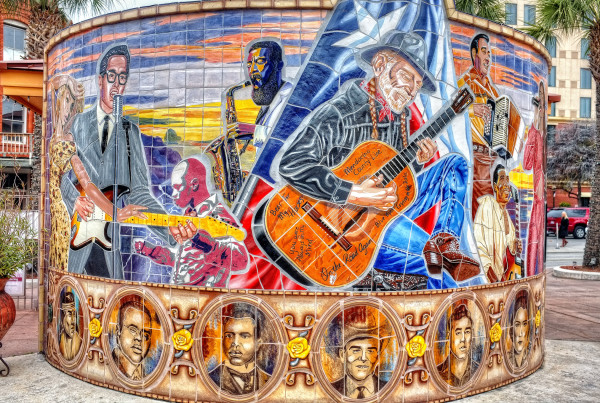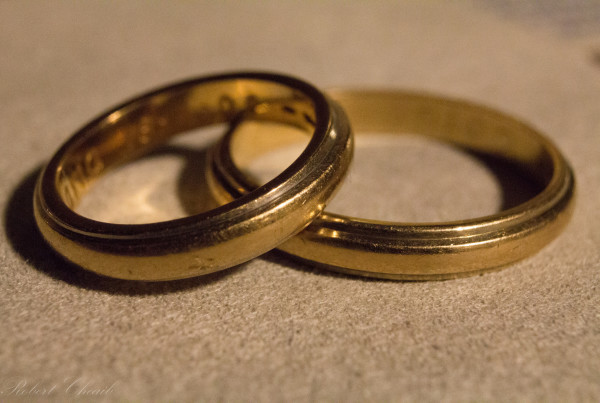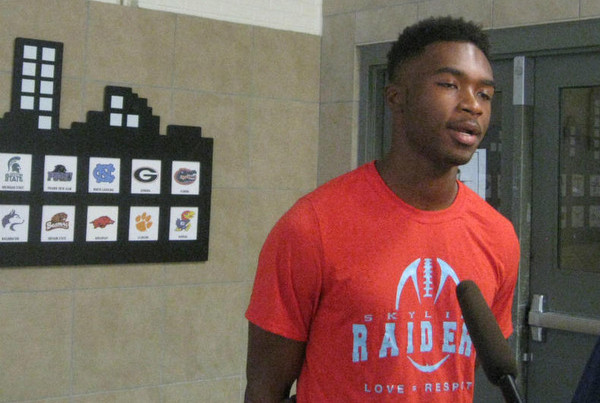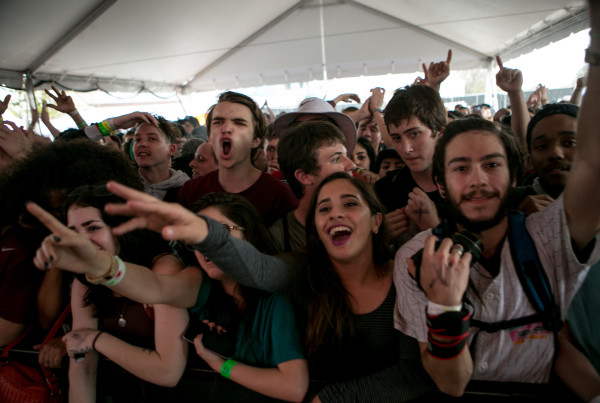Thursday, the University of Texas at Austin made headlines when it decided to relocate the statue of confederate leader Jefferson Davis from the university’s main mall to the Briscoe Center for American History. But the Sons of Confederate Veterans blocked this action by filing a request for a temporary restraining order.
So, the removal of the statue planned for this past Saturday has been delayed to allow a court to review the request.
Bertram Hayes-Davis, the great-great grandson of Jefferson Davis, joins the Standard.
The full transcript of the interview below has been edited for clarity.
Texas Standard: The statues have been targeted by vandals in recent months and come under criticism as a symbol of racism. A lot of people, including the university’s new President, think they belong in a museum instead. What do you think?
Hayes-Davis: I tend to agree with the President [of UT-Austin]. If it’s causing a discrimination or an unfamiliar or uncomfortable scenario for those folks who look at this statue. I must agree that we don’t want to make anybody uncomfortable with the fact that Jefferson Davis represents something that they may not understand. That being said, Davis has been wrapped in the confederate battle flag and [noted as] the president of the confederacy throughout history because to the victor goes the spoils. Because of that, the entire story of the historic figure of Jefferson Davis has not been understood to the public. So I think there’s a much bigger question about education in reference to historic figures. We have one sentence in the history book for a lot of American historical figures today that does not portray their entire life. So we lose a lot.
TS: If, as you say, Jefferson Davis is one of the most misunderstood American figures in the country, won’t removing him from the most possible public place just relegate him to silence? Will it make it harder for people to learn about him?
HD: Actually in a historic position in the museum of history I think that actually expands that opportunity. Then you have [the statue] in a historic place where people really come to understand history. It gives, I think, a better opportunity to disclose all of the facts about Jefferson Davis that aren’t known to the American public.
TS: How do other people in your family view this?
HD: I haven’t heard anything from my family other than the fact that our effort to educate America about the first 52 years of his life and the last 30 years of his life is what we want to do. Everyone supports that.
TS: What would you write as the legacy of Jefferson Davis on a plaque?
HD: It’s an amazing story. As a matter of fact, I’m starting to write a book about it from a descendant’s aspect. Davis lived 52 years before he was elected to a position he did not want. He was a graduate of West Point. He served under Zachary Taylor in the Black Hawk Wars and actually took Blackhawk from Michigan back to St. Louis. He was in the U.S. House of Representatives. He resigned and went to the war of 1847 where he became hero under Zachary Taylor again at Buena Vista. He then became a US Senator. From 1852 to 1856 he was Secretary of War and managed several projects that today are important to the U.S., including the two wings and the Statue of Liberty on the Capitol of the United States, and also the transcontinental railway.
TS: I’d imagine you’d include some of the arguments and concerns that statues like that of Davis are symbols of racism and deemed offensive by some people.
HD: Absolutely. I think that’s what America has done. They have diminished figures to one particular topic and associated them dramatically with that without having the understanding.


